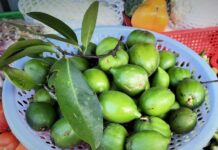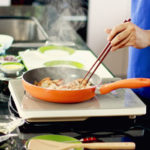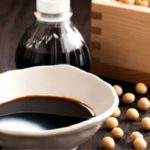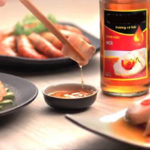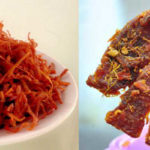Compared to pork, beef is twice as expensive, so many traders for profit use floating meat, especially pork or pig trotters, to fake beef. Eating fake beef not only causes economic damage but also poses health risks because fake beef is often contaminated with chemicals and harmful additives.
Beef is nutritious and widely used in many families, especially for children, men, and pregnant women. Therefore, there is a higher risk of buying fake beef.
On the market, fake beef is made from pork and pig trotters. They are mixed with chemical additives to create color together with pig secretions or frozen imported buffalo meat, which is cheap but can be transformed into fresh beef.
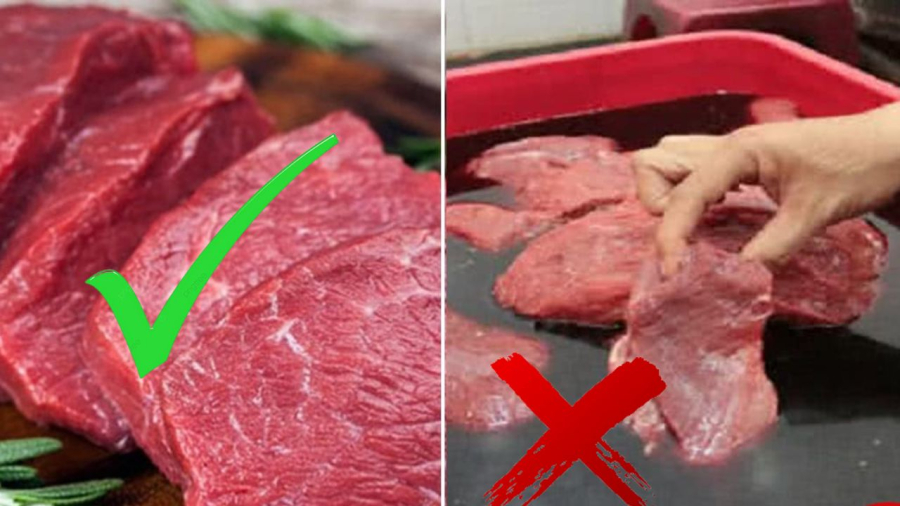
How to differentiate fake beef, remember to look here
Based on color and shape
If it is real beef, it will have a reddish, fresh pink color. Fake beef, due to being mixed with additives and secretions, often has a darker color. When buying, you can press and squeeze the piece of beef, if you see red color sticking on your hand, it is fake meat. To be more sure, you can rinse the piece of meat right at the store, you will see the “beef” becoming paler in color.
When buying beef, housewives can also use their hands, paper, or wet towel to touch the piece of beef they intend to buy, if the wet paper sticks with frozen blood and the meat appears pale, it is fake meat. If it is real beef, wet paper wiping on the surface of the meat will not become pale.
Hardness of the meat
If it is real beef, when you press lightly on the piece of beef, it will be tender, less elastic, and the feeling of meat sticking to your hand. If it is fake pork pretending to be beef, pressing it will feel soft, the meat won’t stick to your hand. Buffalo meat, after thawing and processing, becomes tough, so when you press it, it won’t have good elasticity.
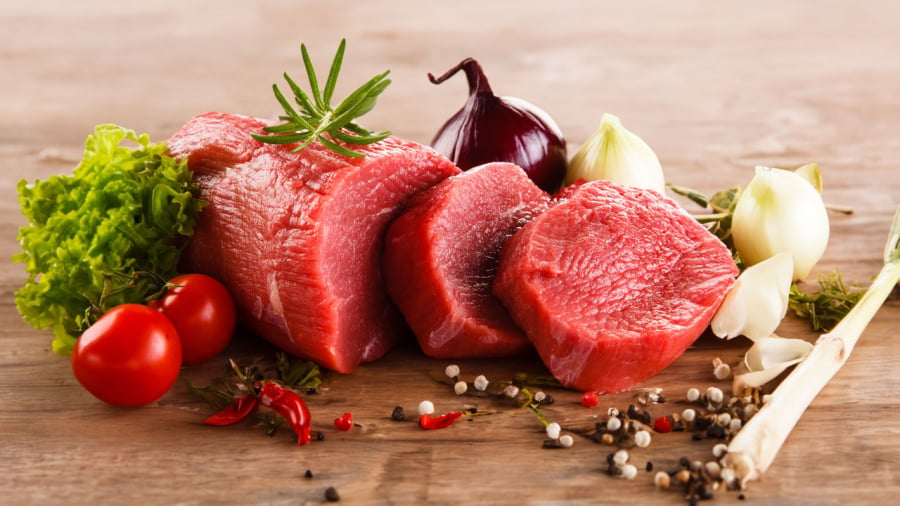
Flavor, taste of meat
For those who are good at cooking and have a sensitive nose, the discovery based on smell is very clear. Each type of meat has its own distinctive flavor. Beef is no exception. Despite being clever and cunning, fake products still carry the distinctive flavor of the real meat. The smell of beef is one of the ways to help buyers differentiate beef from other types of meat.
Should be cut right at the market
Another way to differentiate between fake beef and real beef is to look at the color and stickiness of the meat when cutting it with a knife and with each other. You should observe to see that fake meat contains many preservatives and additives, so when you cut it, the inside will be paler than the outside, and there will be liquid leaking out. On the contrary, real beef has a uniform red color, no liquid leaking out, and does not stick to the knife while the fake beef will be detached without sticking to the knife.
Moreover, housewives should request the seller to make the cut because if it is fake meat, when cutting the middle of the piece, it will have a lighter color because chemicals cannot penetrate the inner part. Cutting real beef, the meat is elastic and the color is uniform from the inside out.
Differentiate when cooking
When stir-frying, real beef will have a dark color while fake beef will have a pale color like pork or a dark, blackish color like buffalo meat.
Recognizing Chemically Dyed Dried Beef: A Guide
Consumers should be aware of the potential dangers of consuming certain types of dried beef, such as those dyed with artificial coloring and treated with chemicals, as it has been associated with numerous cases of food poisoning. Knowing how to differentiate between genuine and fake dried beef can help to avoid such risks.

















